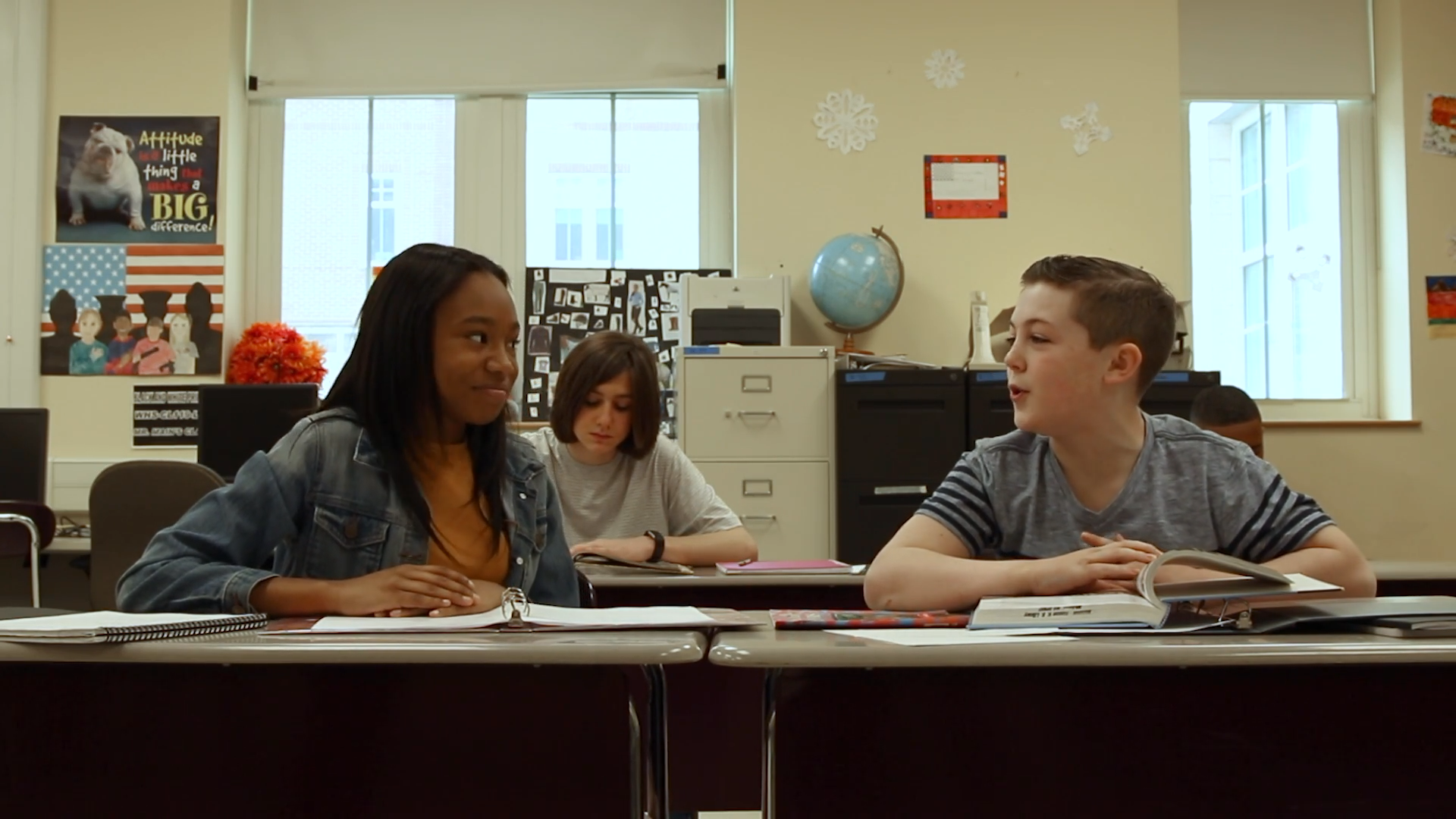Introduction
Communication plays a vital role in special education, and Conversation Drivers represent essential skills that contribute to students’ learning, social interactions, and wellbeing. This blog post focuses on understanding Conversation Drivers and developing effective IEP goals to enhance these skills in PreK students.
Understanding Conversation Drivers
Conversation Drivers are actions that make others feel comfortable and happy during a conversation. These behaviors drive or keep a conversation going and include eye contact, body language, connected comments, and equal sharing of talking and listening time. Developing these skills can significantly impact students’ learning, social interactions, and wellbeing.
The Role of Specialists
Various specialists can support the development of Conversation Drivers in students:
- Speech-Language Pathologists: Help students improve verbal and non-verbal communication skills, including eye contact and body language.
- Social Workers: Assist in developing social skills and building positive relationships through connected comments and conversation sharing.
- Psychologists: Provide strategies for understanding and managing emotions during conversations, promoting a positive and engaging atmosphere.
- School Counselors: Offer guidance on conflict resolution and effective communication techniques to foster healthy conversations.
IEP Goals for Conversation Drivers
Here are specific SMART IEP goals to improve Conversation Drivers in students:
- Goal: Increase the student’s use of eye contact during conversations with peers by 50% within six months.
- Strategy/Activity: Role-playing and practicing eye contact with peers and educators.
- Strategy/Activity: Use visual cues, such as stickers or small objects, to remind the student to maintain eye contact.
- Goal: Improve the student’s ability to make connected comments in conversations by 75% within nine months.
- Strategy/Activity: Teach the student to actively listen and respond with related comments during group activities.
- Strategy/Activity: Practice conversation skills using guided conversation scripts that encourage connected comments.
- Goal: Enhance the student’s ability to share talking and listening time equally during conversations within one school year.
- Strategy/Activity: Implement turn-taking activities that promote equal sharing of conversation time.
- Strategy/Activity: Use visual timers or cues to help the student understand when it is their turn to talk or listen.
Implementing and Measuring Progress
Implement these goals by collaborating with specialists, using consistent strategies, and providing regular feedback. Measure progress through observations, checklists, and assessments. Adjust goals and strategies as needed to ensure continuous improvement.
Conclusion
Developing effective IEP goals for Conversation Drivers can significantly enhance the communication skills of PreK students in special education. Collaborate with specialists, implement the suggested goals, and measure progress to ensure success. Explore more resources at Everyday Speech Sample Materials.






